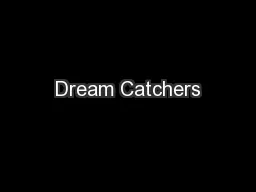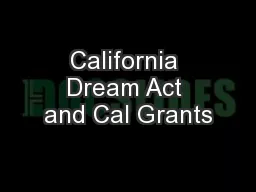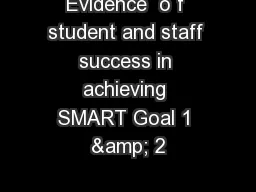PPT-Achieving the Dream
Author : alida-meadow | Published Date : 2016-03-20
Fall 2009 Student Focus Groups Overcoming the Challenges of Developmental MATHematics YEAR 200708 200809 200910 Persistence Staying in school Developmental
Presentation Embed Code
Download Presentation
Download Presentation The PPT/PDF document "Achieving the Dream" is the property of its rightful owner. Permission is granted to download and print the materials on this website for personal, non-commercial use only, and to display it on your personal computer provided you do not modify the materials and that you retain all copyright notices contained in the materials. By downloading content from our website, you accept the terms of this agreement.
Achieving the Dream: Transcript
Download Rules Of Document
"Achieving the Dream"The content belongs to its owner. You may download and print it for personal use, without modification, and keep all copyright notices. By downloading, you agree to these terms.
Related Documents














